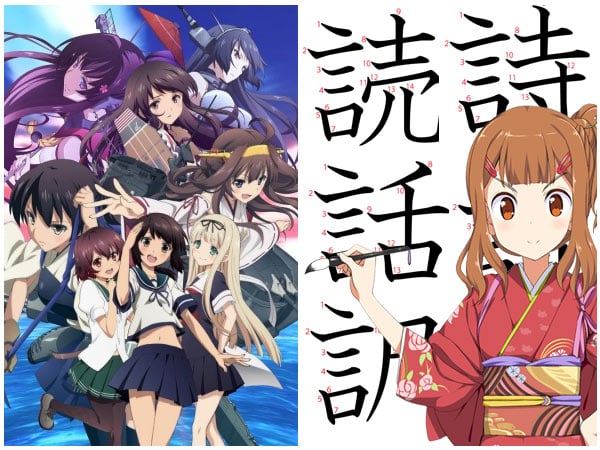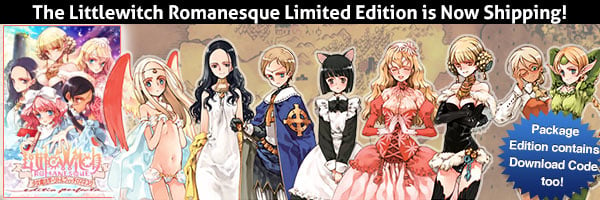
The new year brings with it a new anime season, and as usual I’m still trying to finish shows from December. One of the
stars of this season is Kantai Collection (aka KanColle), the long awaited anime based on a Japanese browser game that takes famous Japanese warships from World War II and changes them
into super-cute moe girls, because, well, Japan. While anime that reference WWII are not new – Space Battleship Yamato, Grave of the Fireflies and the excellent timeslip anime Zipang! come to mind – it was only a matter of time before the moé-ification of anime intersected with this era of world history. The current trend in marrying World War II with cute female characters was created almost single-handedly by illustrator Shimada Fumikane, whose “mecha musume” illustrations (and figures) based on famous tanks and planes from WWII were a huge hit in the early 2000s. This trend paved the way for Sky
Girls, Strike Witches, and Girls und Panzer (all
with characters designed by Shimada-sensei) plus Arpeggio of Blue Steel (submarine musume) and Upotte!! (gun musume). I like KanColle because the
fanart is wonderful, but also because it’s fun to learn about Japanese warships. I’ve always been a fan of the Akagi, an aircraft carrier named after a mountain in J-List’s home prefecture, and the Ise, the Japanese battleship that was
converted into a half-length aircraft carrier, which my wife’s uncle served on during the war.
Someone
on my Twitter feed asked how one goes about learning kanji, so I thought I’d write about this a bit. Kanji are the Chinese pictographs used to communicate meaning in Chinese and Japanese sentences, and while they can look like as difficult and mysterious as Egyptian
hieroglyphics when you’re not familiar with them, they’re actually quite logical. Most kanji are divided into “radicals” which help you
guess their meaning, for example kanji like 海、洗 and 泳 (umi, arau and oyogu,
meaning the sea, to wash and to swim) all share the same left side, which refers to the sea or to water. Similarly, characters related to languages or learning have 言 (to say, which looks like a stack of books on a table) on the left side, e.g. 読, 話 or 語 (yomu, hanasu and go, meaning to read, to speak and language). The “correct” way to learn kanji is as Japanese elementary school students
do, starting with the first grade characters and working your way up to the
sixth grade (note, we’ve got some books that can help you). This is preferably done with a native Japanese teacher in a structured
class to keep you from mis-learning something, though there are newer ways to learn (iPhone apps, online
services) that are outside my personal experience. While learning kanji is fun, there’s one thing to keep in mind: in our modern age of waapro and keitai (word processing software and cell phones) you’ll likely never hand-write Japanese a significant amount. Therefore, studying with the
goal of learning to read, but not necessarily write, is a valid approach for the 21st century.
We’ve got some good news for you: we’ve received word that the shrinkwrapped Limited Edition package versions of Girlish Grimoire Littlewitch Romanesque are in stock and shipping out now from our office in San Diego. This is a truly outstanding game, a “raising simulator” in which you have 3 years to teach Arya and Kaya to become first-class mages, while you send them on various game quests and more. This is the “Editio Perfecta” (perfect edition) of the game, which includes all additional scenarios from the game’s fandiscs plus one all-new game route created for this edition. The game is DRM free, 100% uncensored and comes with great stuff in the box. Order your copy now!
















